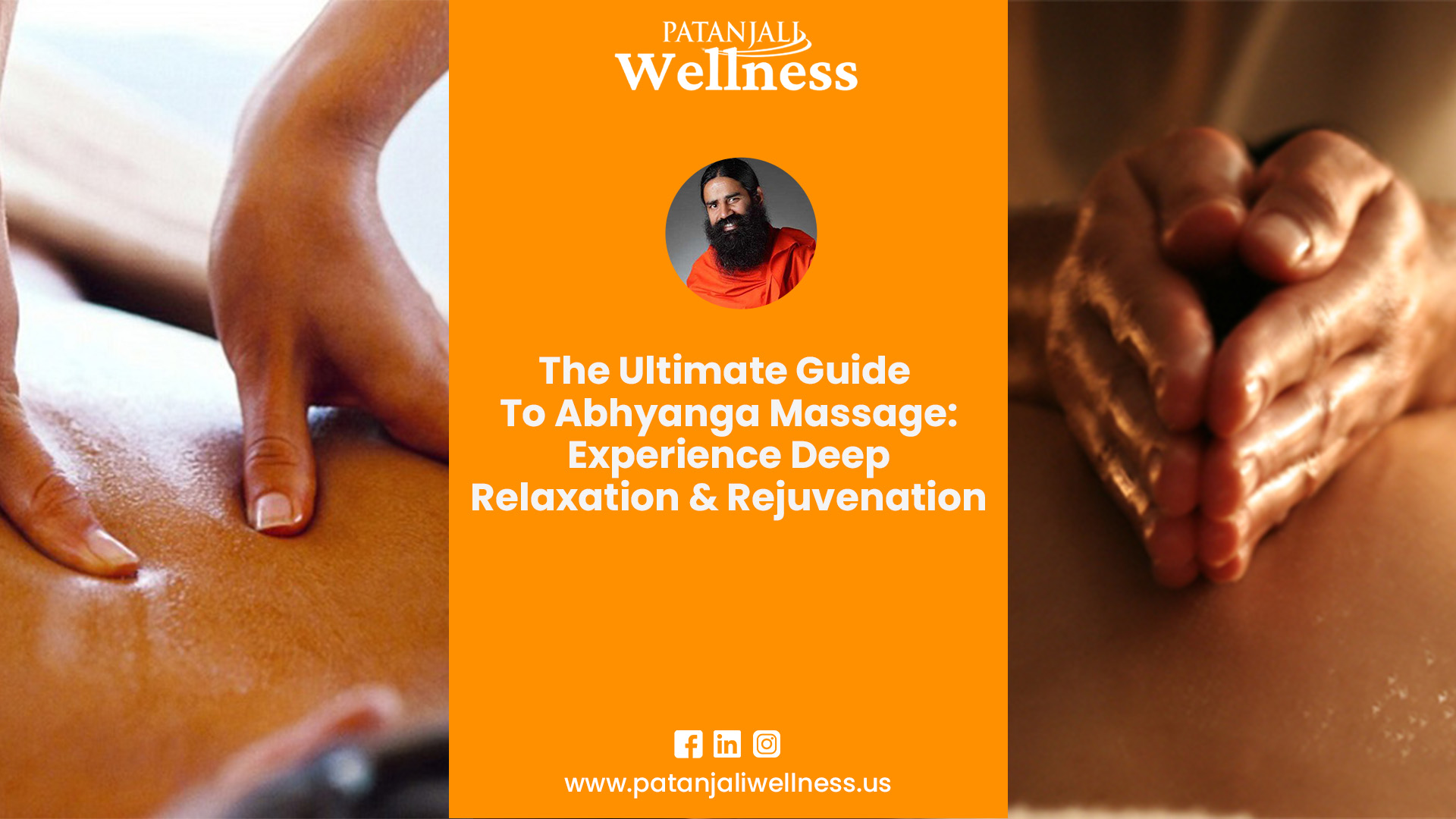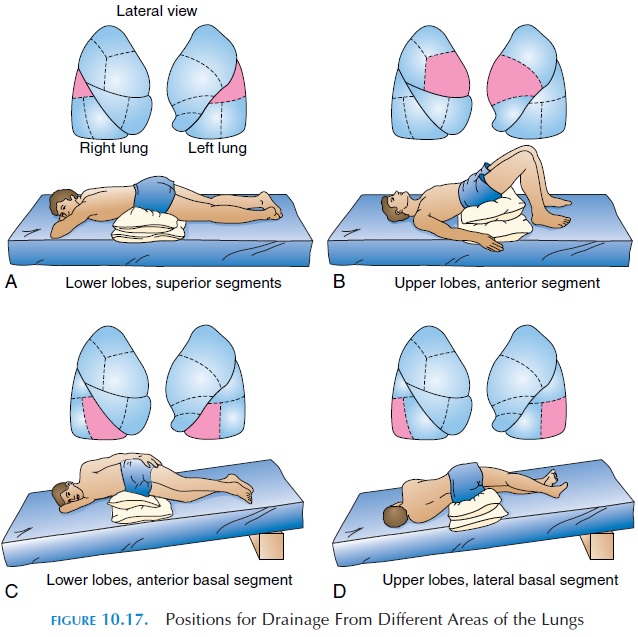Massage after a C-section can typically be started 6 weeks after delivery, once the incision has healed. It is important to consult with your doctor before starting any massage therapy post-surgery to ensure it is safe and appropriate for your individual situation.
After undergoing a C-section, many women experience discomfort and tightness in their abdominal area. This may be due to scar tissue or muscle tension. Massage therapy can help alleviate these symptoms by promoting relaxation, improving circulation, and reducing muscle tension.
However, it is crucial to seek clearance from your healthcare provider before starting any massage treatment to avoid any potential complications or risks. We will explore the benefits of post-C-section massage and provide tips for safe and effective massage therapy after a cesarean delivery.

Credit: www.everydayhealth.com
Benefits Of Massage After C-section
After undergoing a C-section, a woman’s body goes through a significant amount of stress and trauma. Incorporating massage therapy into the postpartum recovery process can provide numerous benefits, aiding in the healing and rejuvenation of the body.
Reduction Of Swelling And Edema
Massage therapy can help in reducing swelling and edema that often occur after a C-section. Gentle massage techniques applied to the affected areas can stimulate lymphatic drainage, promoting the reduction of fluid retention and swelling. By aiding in the body’s natural healing processes, massage therapy can contribute to a faster recovery from swelling associated with C-sections.
Pain Relief And Improved Circulation
By increasing blood flow to the affected areas, massage therapy can alleviate pain, discomfort, and stiffness commonly experienced after a C-section. By targeting specific muscle groups, massage can also help improve circulation, which further aids in the healing process. Additionally, the release of endorphins during massage can provide natural pain relief, contributing to a more comfortable recovery after a C-section.
Types Of Massage Suitable After C-section
For women who have undergone a C-section, the road to recovery often involves various forms of therapy, including massage. Types of massage suitable after a C-section include lymphatic drainage massage, scar tissue massage, and Swedish massage. Each type of massage offers specific benefits to aid in the healing process and provide relief from discomfort.
Lymphatic Drainage Massage
Lymphatic drainage massage is a gentle, rhythmic massage technique that helps to stimulate the flow of lymph fluid in the body. This type of massage can aid in reducing swelling and promoting the removal of toxins from the body, which can be particularly beneficial after a C-section.
Scar Tissue Massage
Scar tissue massage focuses on the area of the incision to help break down and soften the scar tissue. This can promote better flexibility and mobility in the area, helping to reduce discomfort and improve overall healing.
Swedish Massage
Swedish massage is a popular choice for post-C-section recovery due to its gentle, relaxing nature. It can help reduce muscle tension, improve circulation, and promote overall relaxation, which is essential for the physical and emotional healing process.
Best Practices For Post-c-section Massage
Before starting massage after a C-section, consult with a trained massage therapist.
Always wait for your doctor’s approval before beginning any massage treatment.
Avoid applying direct pressure on the incision area during massage sessions.

Credit: www.amazon.com
Diy Techniques For Massage After C-section
After a C-section delivery, proper massage techniques can help ease discomfort and aid in the healing process. However, it is important to note that before attempting any massage techniques, you should consult with your healthcare provider to ensure it is safe for you and your specific recovery.
Gentle Abdominal Massage
A gentle abdominal massage can help improve blood circulation and alleviate post-surgery discomfort. Here’s how you can perform this massage:
- Lie down on your back with a pillow supporting your head and knees slightly bent.
- Start by applying a small amount of massage oil or lotion to your abdomen.
- Using gentle circular motions, begin massaging your abdomen in a clockwise direction. Avoid applying too much pressure.
- Gradually increase the pressure as tolerated, focusing on areas where you feel tension or tightness.
- Continue the massage for 5-10 minutes, breathing deeply and relaxing as you go.
Leg And Foot Massage For Swelling
Swelling in the legs and feet is a common post-C-section complaint. Massaging the legs and feet can help reduce swelling and promote blood flow. Follow these steps for a soothing leg and foot massage:
- Sit in a comfortable position with your feet elevated.
- Apply a small amount of massage oil or lotion to your legs and feet.
- Start by massaging your feet, using your thumbs to apply gentle pressure in circular motions.
- Move up to your calves, using long strokes from the ankles towards the knees.
- Pay extra attention to areas of swelling, applying slightly more pressure to encourage drainage.
- Repeat the massage on both legs for 10-15 minutes, taking breaks if needed.
Remember, these DIY massage techniques should only be done with your healthcare provider’s approval and guidance, and if you experience any pain or discomfort during the massage, stop immediately and consult your healthcare provider.
Precautions And Considerations For Post-c-section Massage
When it comes to recovering from a C-Section, there are various aspects to consider, including the use of massage therapy. While massage can provide numerous benefits in terms of pain relief and relaxation, it is essential to take certain precautions and consult with your healthcare provider before starting any massage therapy after a C-Section.
Consulting With Healthcare Provider
Before embarking on any form of massage therapy after a C-Section, it is crucial to consult with your healthcare provider. They will be able to assess your individual circumstances and provide professional advice tailored to your specific needs. Your healthcare provider can advise you on the appropriate time to start massage therapy and any restrictions or modifications that may be necessary based on your recovery progress.
When consulting with your healthcare provider, make sure to discuss any specific concerns or queries you may have. This proactive approach will help ensure that the massage therapy you choose is appropriate and safe in supporting your post-C-Section healing process.
Listening To Body Signals
During post-C-Section recovery, it is essential to listen to your body’s signals and respond accordingly. Pay attention to any pain, discomfort, or unusual sensations you may experience during or after a massage session. While some slight discomfort or tenderness can be normal, it is crucial to differentiate between normal sensations and those that may be indicators of a problem.
If you experience sharp pain, excessive swelling, increased bleeding, or any other unusual symptoms during or following a massage, it is important to stop and seek medical advice immediately. Your body’s signals should not be ignored, as they can provide valuable insights into how well you are healing and whether the massage therapy is beneficial or potentially harmful.
Watching For Signs Of Infection
Another crucial consideration during post-C-Section massage therapy is to be vigilant for signs of infection. The incision site is susceptible to infections, and any additional manipulation through massage therapy can potentially increase the risk.
Watch for signs of infection such as increased redness, warmth, swelling, pus, or an unpleasant odor around the incision site. If you notice any of these signs, it is important to contact your healthcare provider immediately. Prompt attention to potential infections can help prevent complications and ensure a quicker and smoother recovery.
In addition to these precautions and considerations, it is important to choose a qualified and experienced massage therapist who specializes in post-surgical recovery and understands the unique needs and limitations associated with a C-Section. They will be able to provide the appropriate techniques and ensure your safety and well-being throughout the massage therapy process.

Credit: www.clinikally.com
Frequently Asked Questions For When Massage After C Section
How Soon Can You Get A Massage After C-section?
It is generally recommended to wait at least 6 weeks post-C-section before getting a massage.
When Should I Start Massaging My Scars?
You should start massaging your scars after the wound has fully healed, usually around two weeks. Regular massages can help reduce scar tissue and improve the appearance of the scar. Always consult with your healthcare provider before starting scar massage.
How Do You Get Rid Of C-section Overhang?
To reduce C-section overhang, try exercising regularly and eating a balanced diet. Focus on strengthening your core and doing cardio workouts. Consider consulting a fitness professional for specific exercises. Be patient; it takes time to see results.
How Soon Can You Do Postnatal Massage?
Postnatal massage can typically be done within the first week after delivery, but consult with your healthcare provider for personalized guidance.
Conclusion
Incorporating massage after a C-section can aid in healing and relaxation. It’s a gentle way to promote blood flow and reduce swelling. Including massage in your postpartum recovery routine can have numerous benefits for both physical and emotional well-being. Remember to consult with your healthcare provider before starting any massage regimen.



